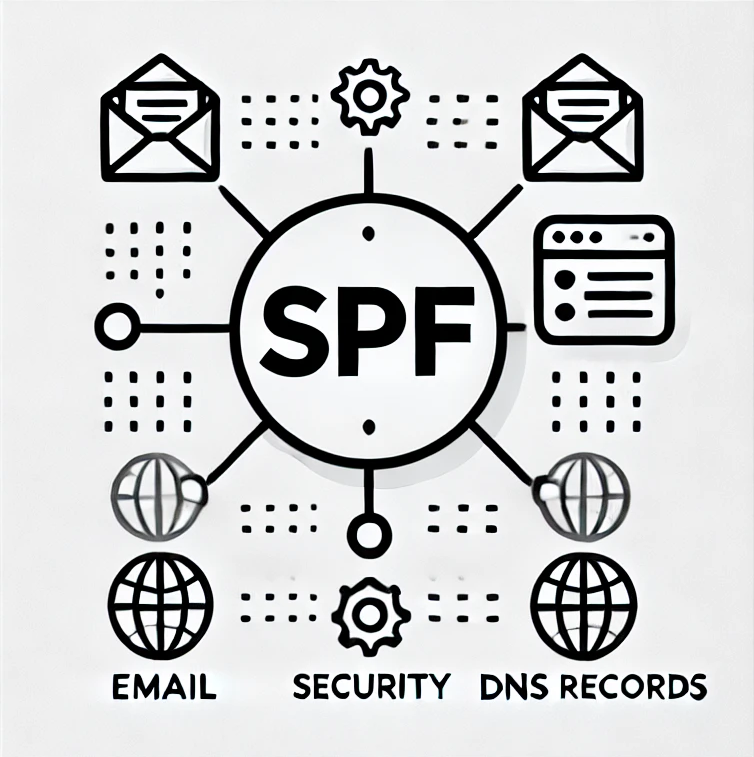Shielding Your Inbox from Spoofing: The Power of SPF
Ever receive an email that appears to be from your bank or a trusted colleague, but something feels a little off? This is where email spoofing comes in – a deceptive tactic where senders disguise their email address to appear legitimate. SPF (Sender Policy Framework) acts as a crucial line of defense against such attacks, safeguarding your inbox and email security.
SPF operates like a whitelist. Domain owners, like your bank or company, publish an SPF record – a public record that specifies authorized email servers for their domain. When you receive an email, receiving mail servers check the SPF record of the sender's domain. If the email originates from a server listed in the SPF record, it's considered legitimate. Conversely, if the sending server isn't authorized, it raises red flags, potentially marking the email as spam or even rejecting it entirely.
By implementing SPF, you contribute to a safer email ecosystem. It empowers legitimate senders to improve email deliverability by ensuring their emails reach inboxes. More importantly, it helps recipients like yourself identify and avoid spoofing attempts, protecting you from phishing scams and other email-borne threats.
Once you have it set up, it's time to test it with our very own eMail Tester.

